Barbecue on the Leather
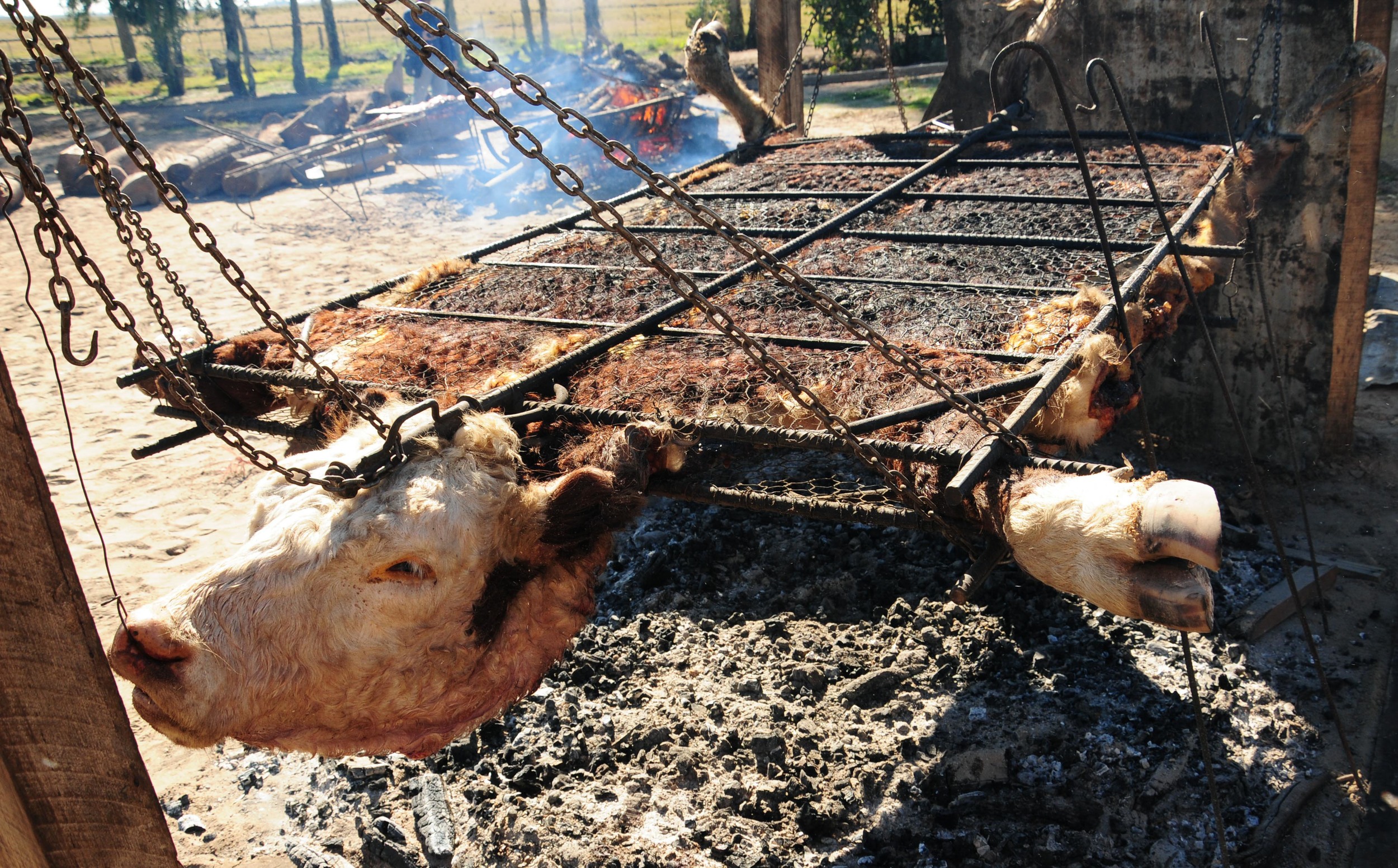
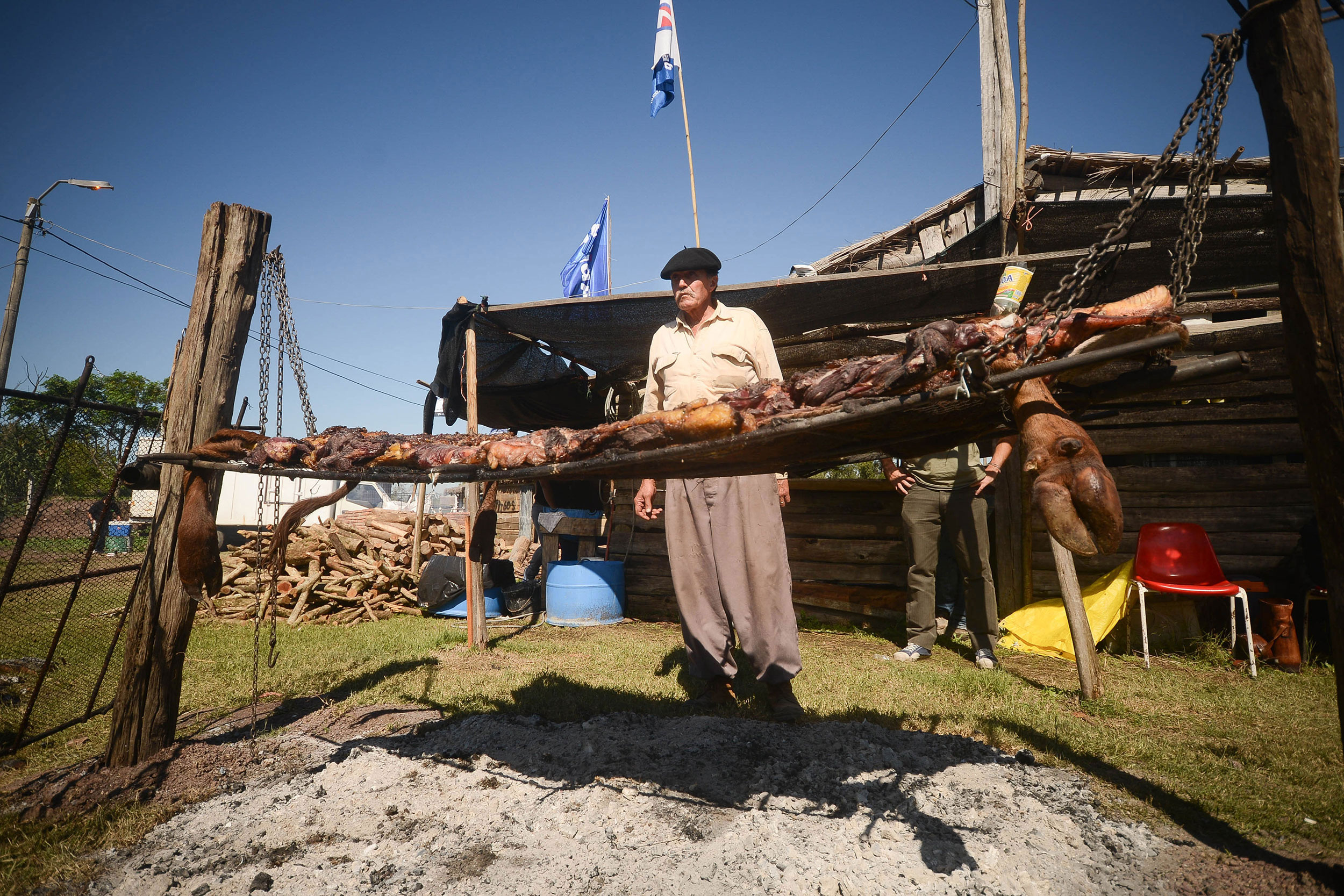
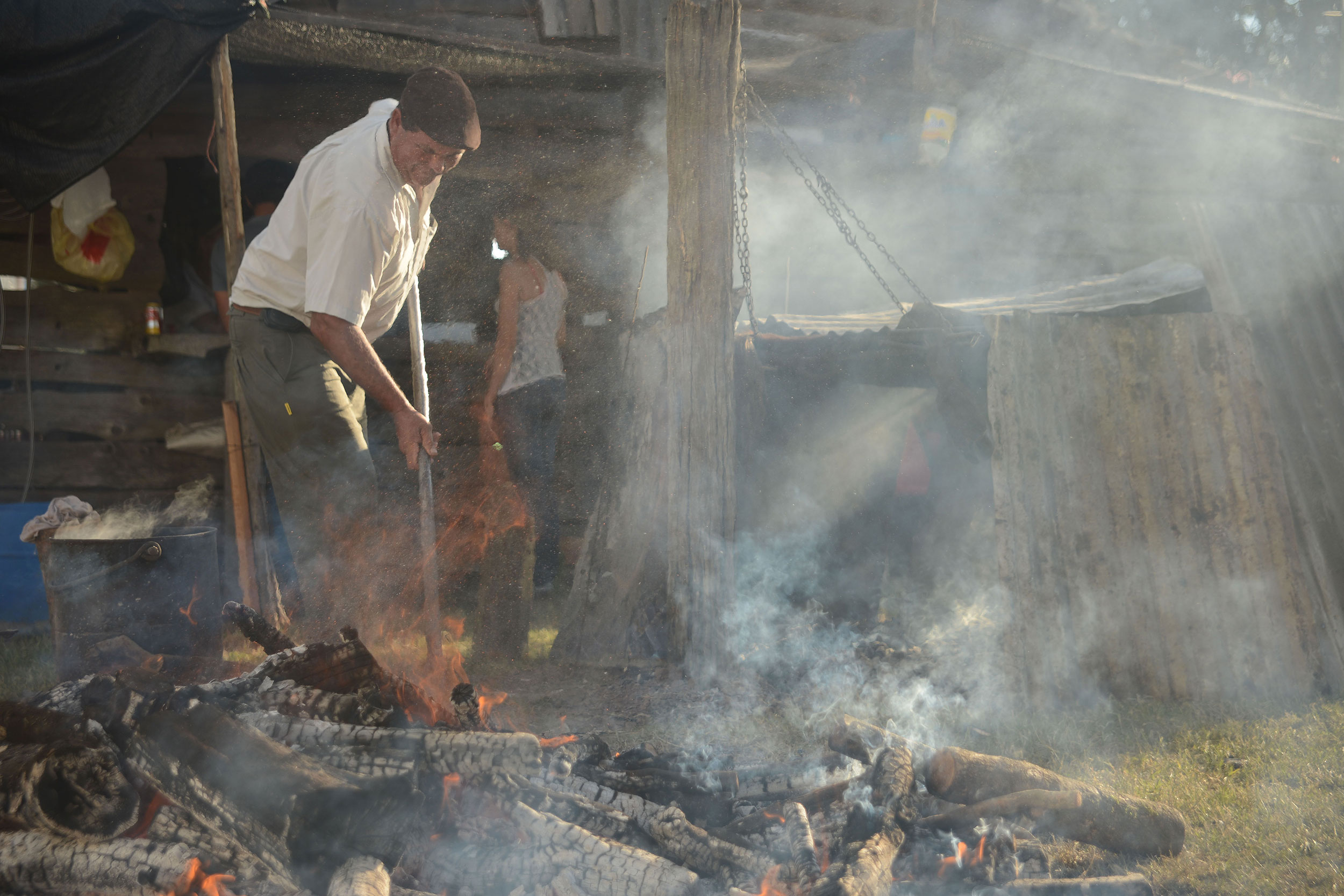
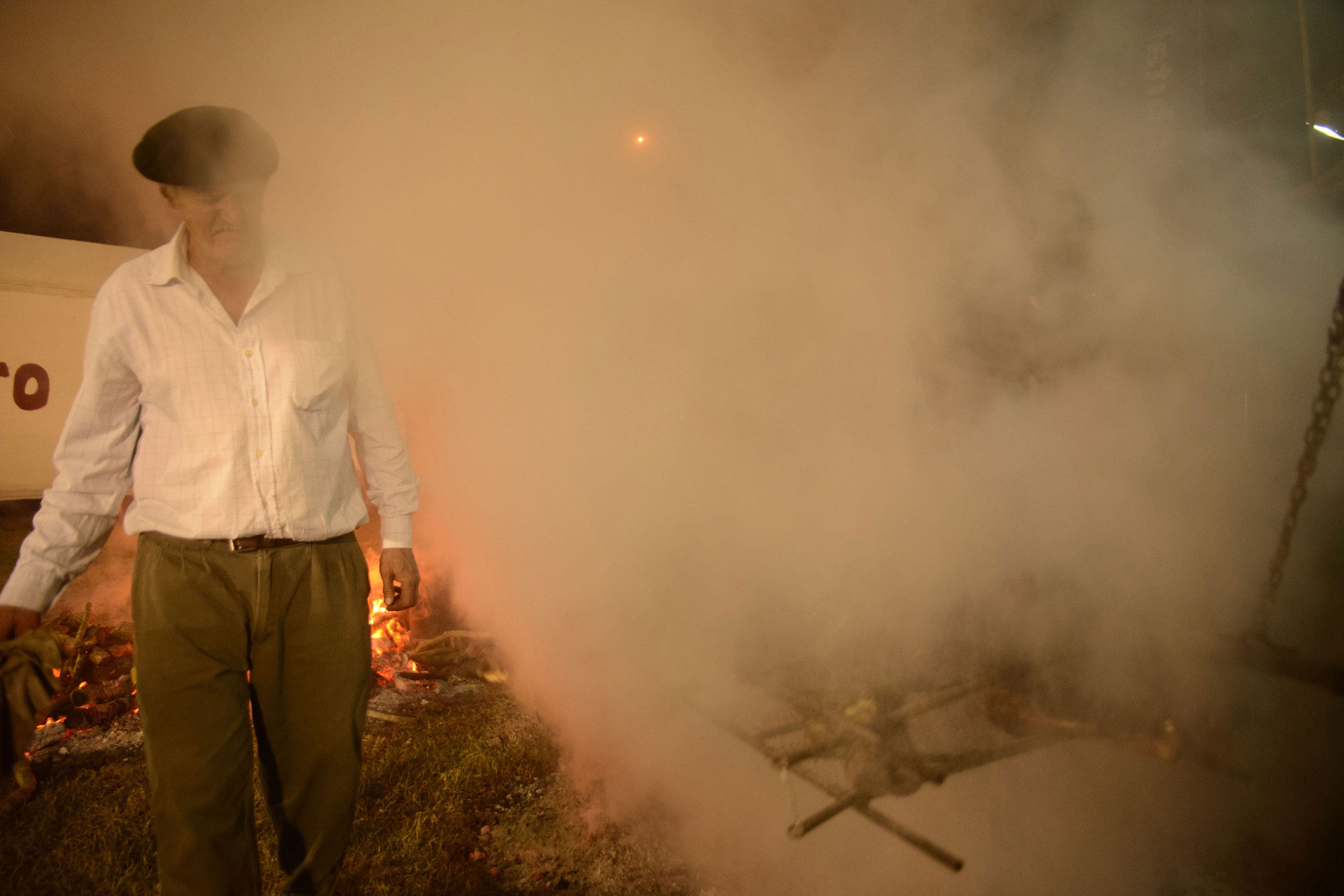
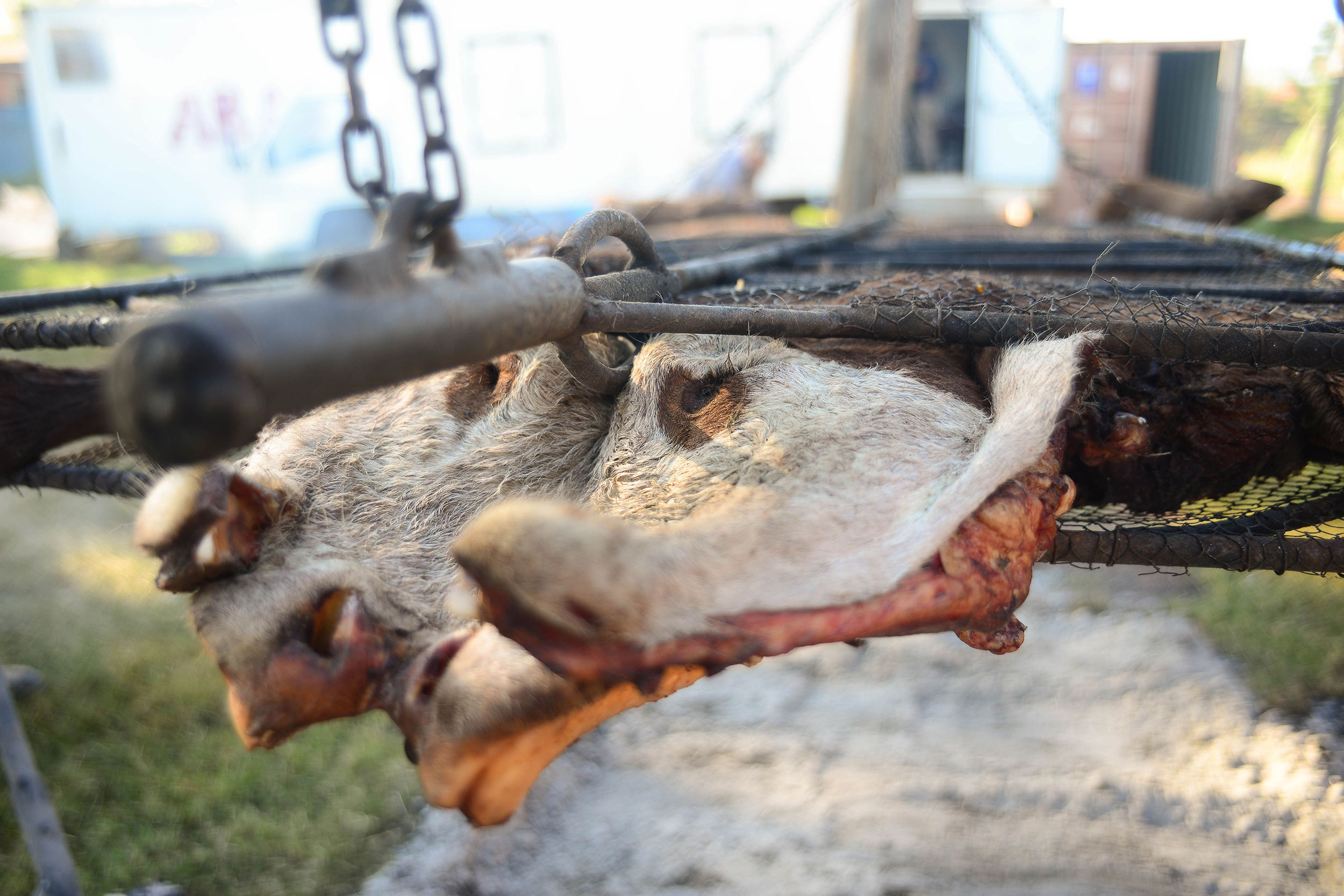
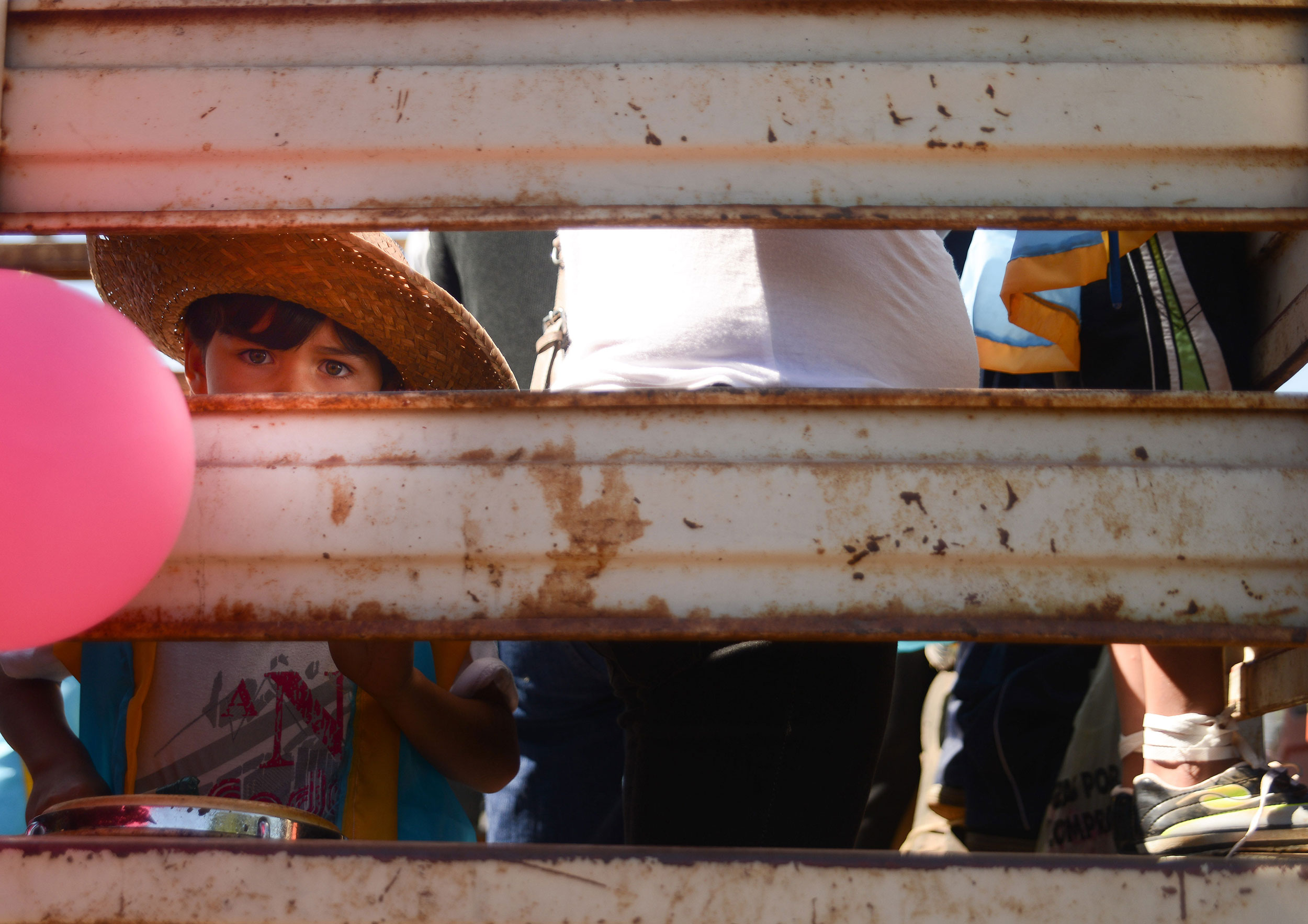
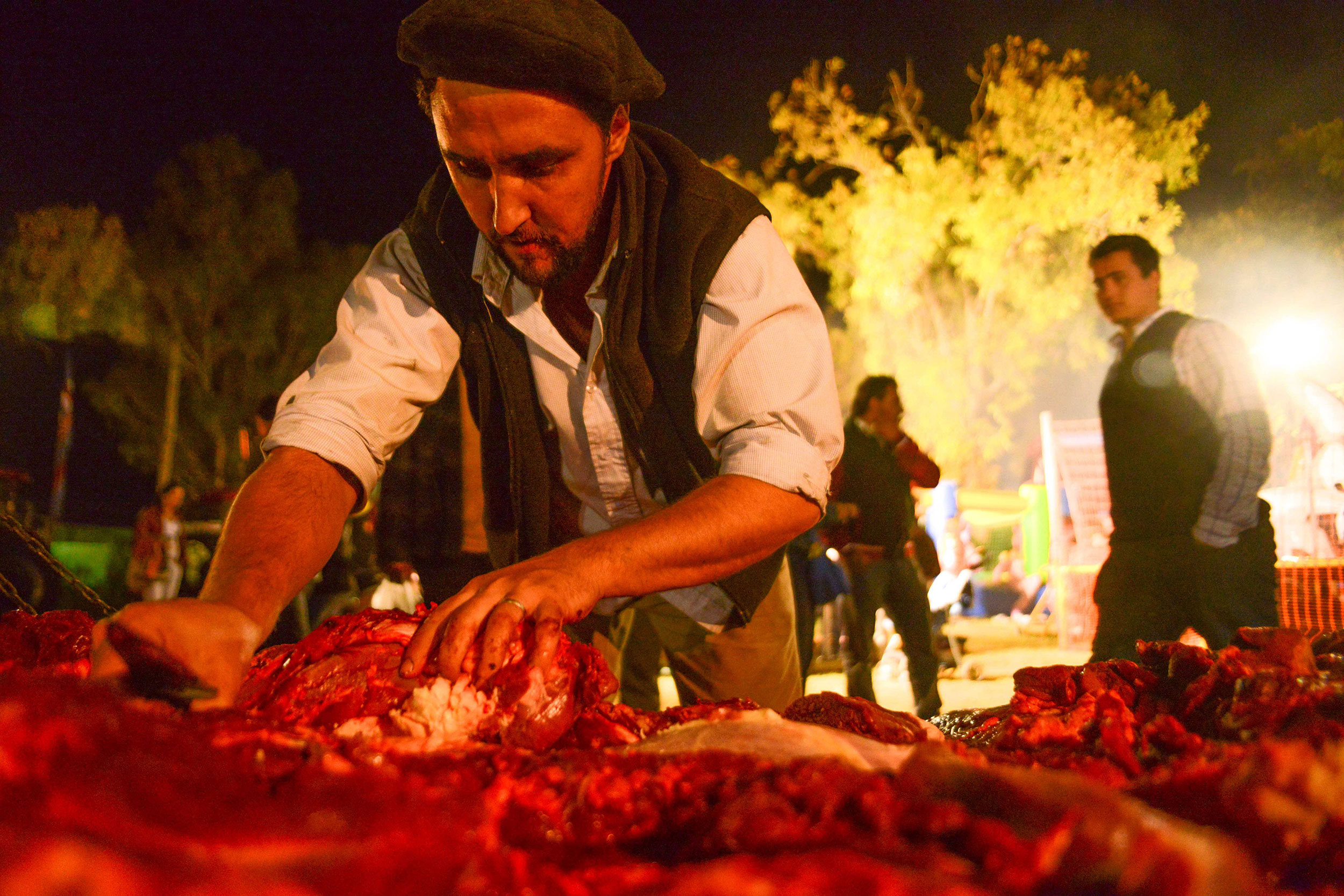
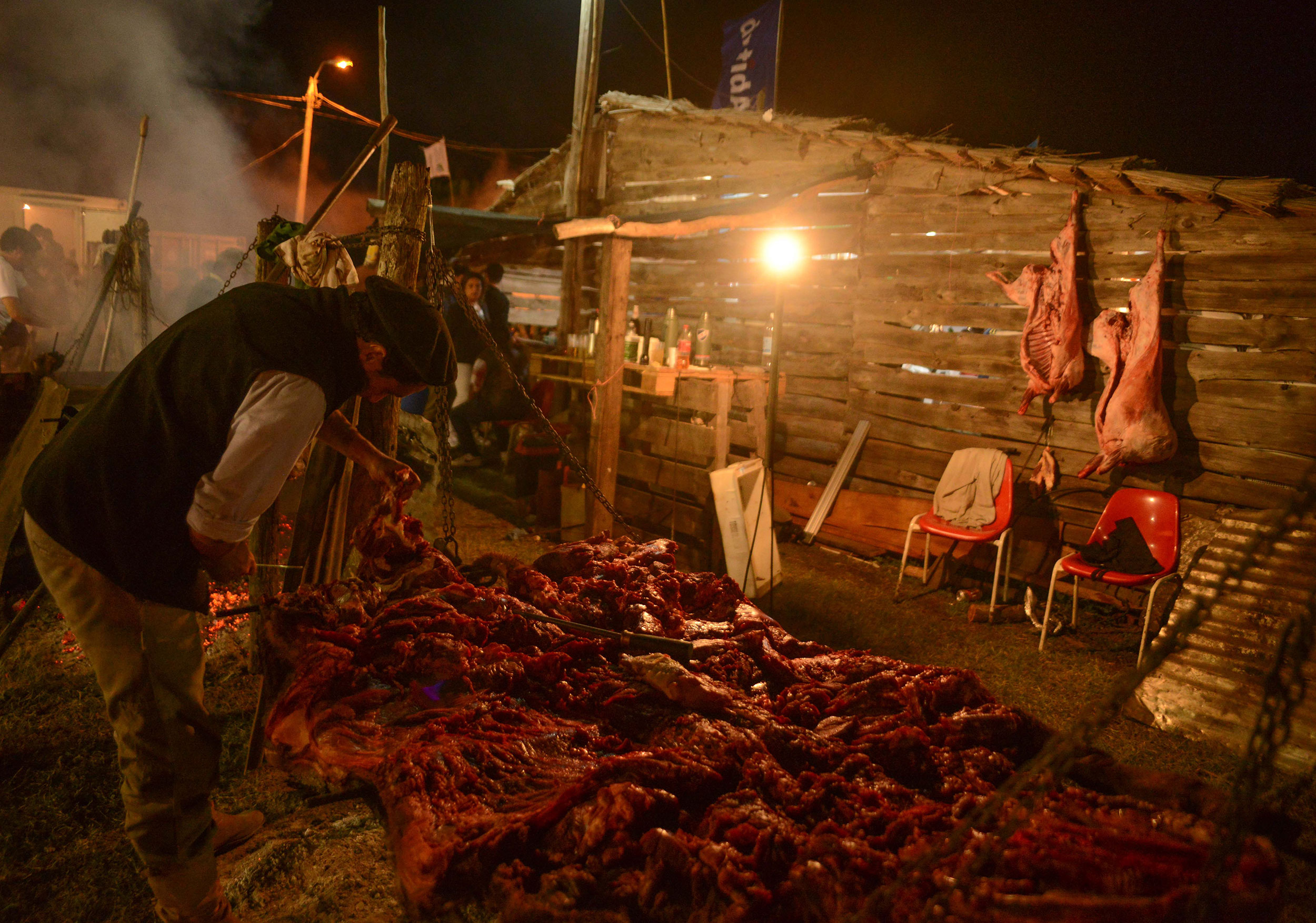
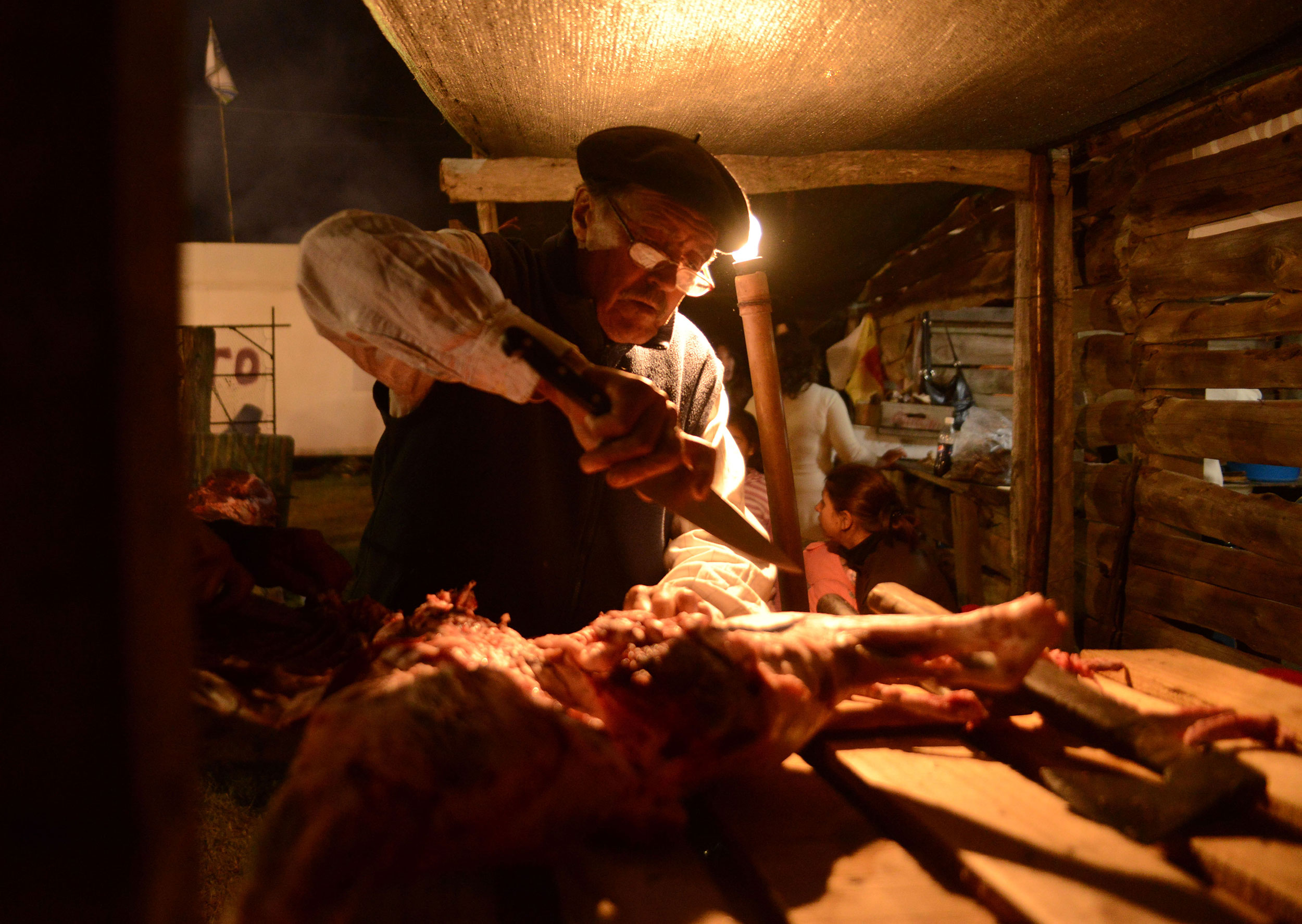
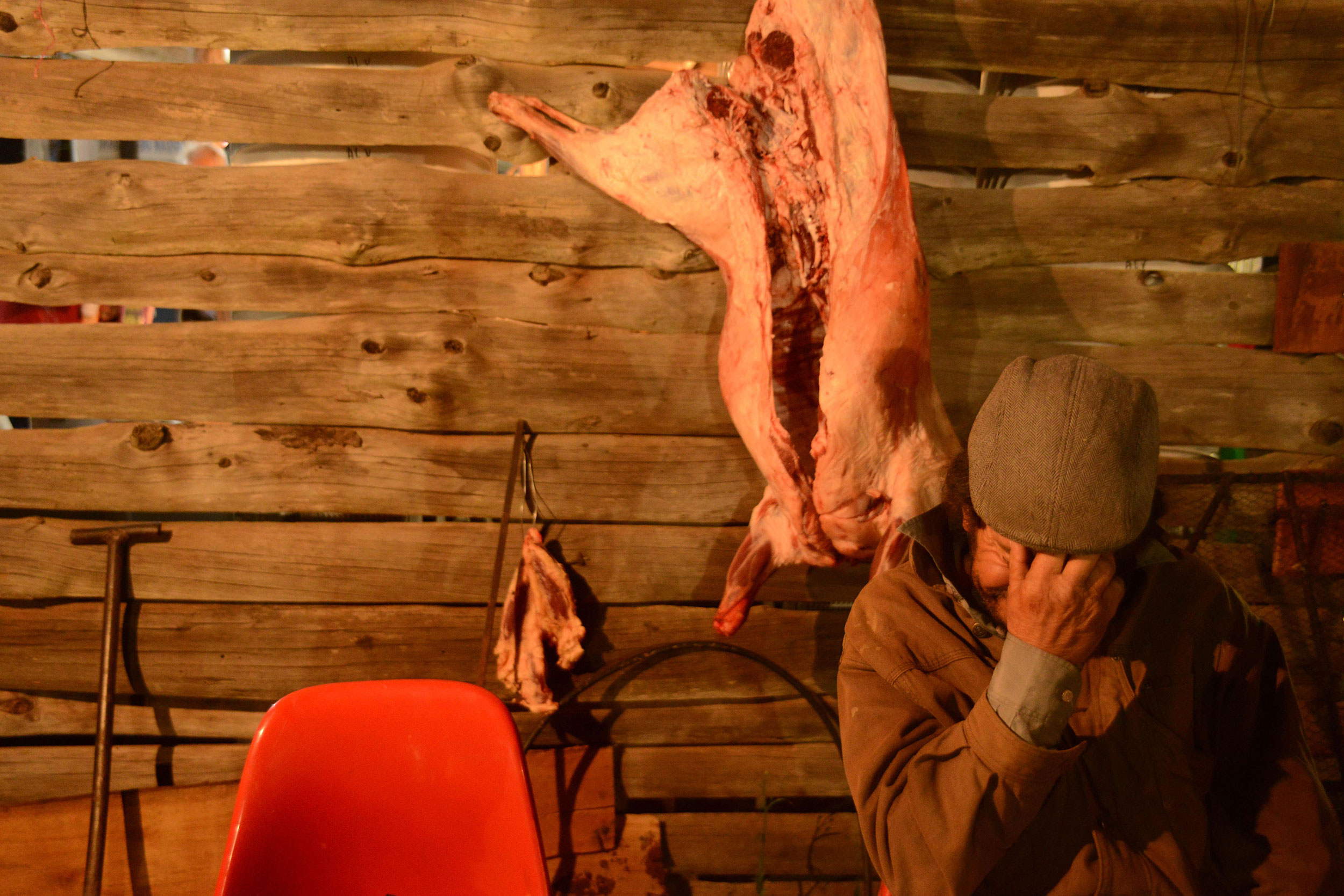
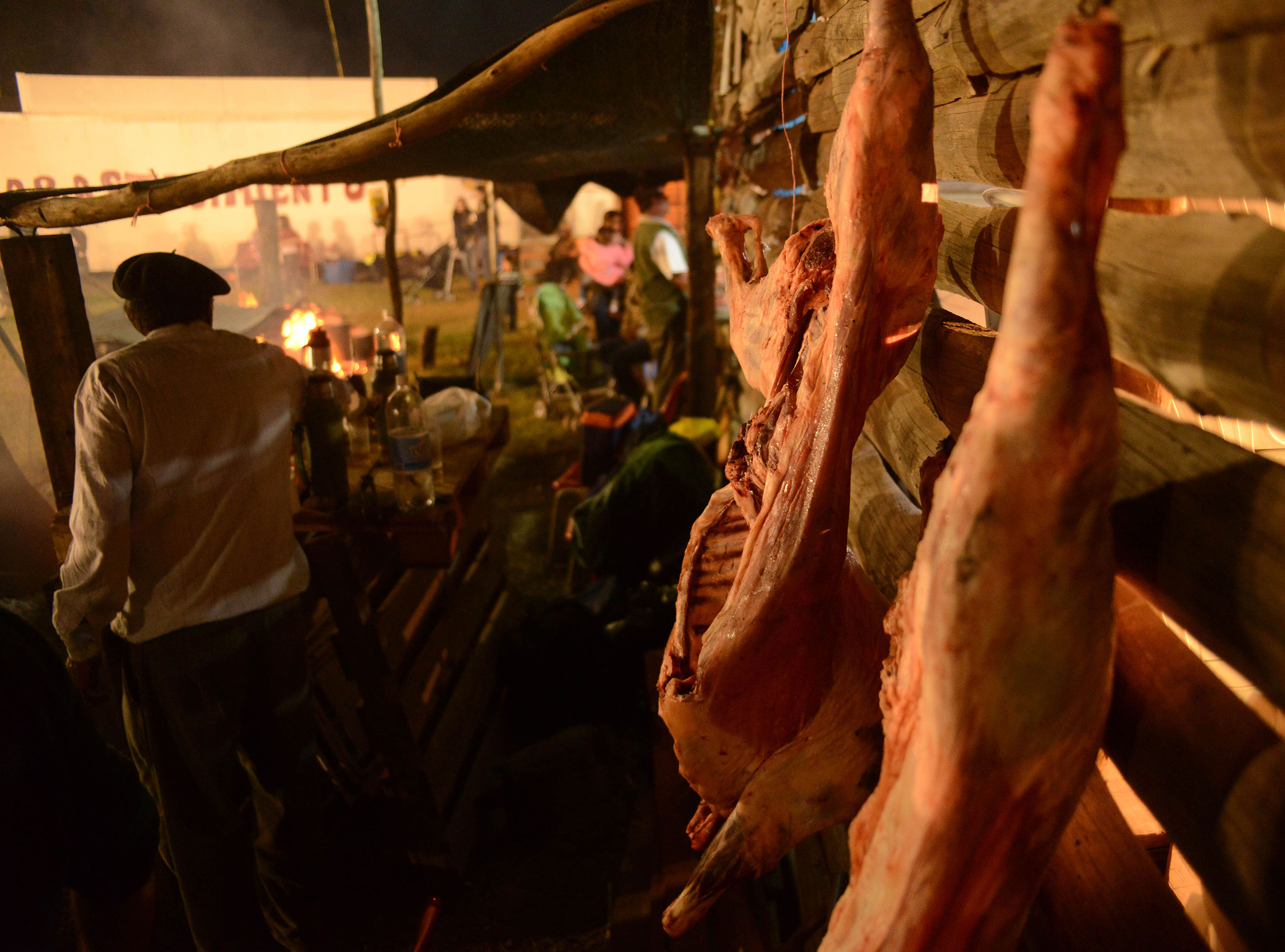
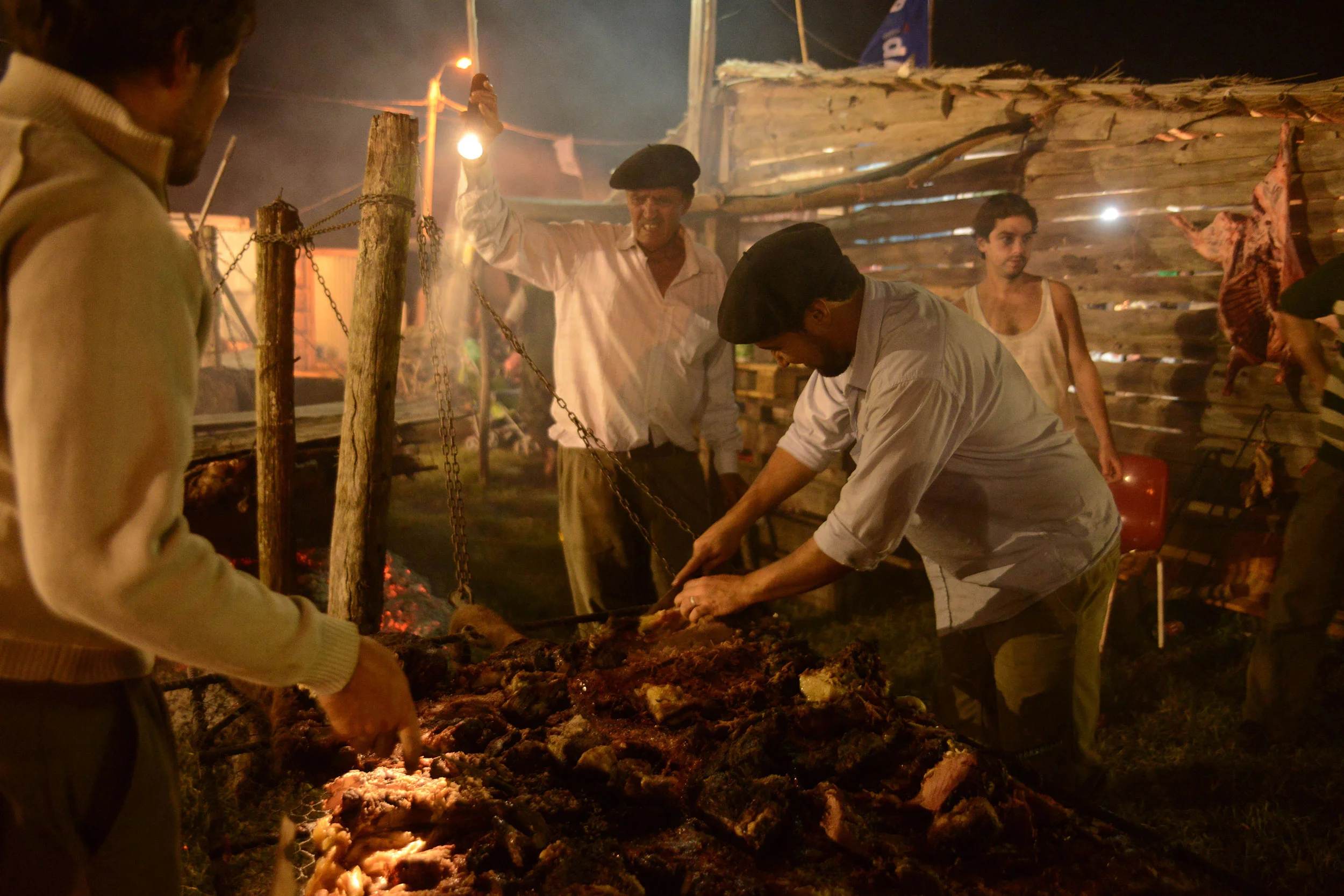
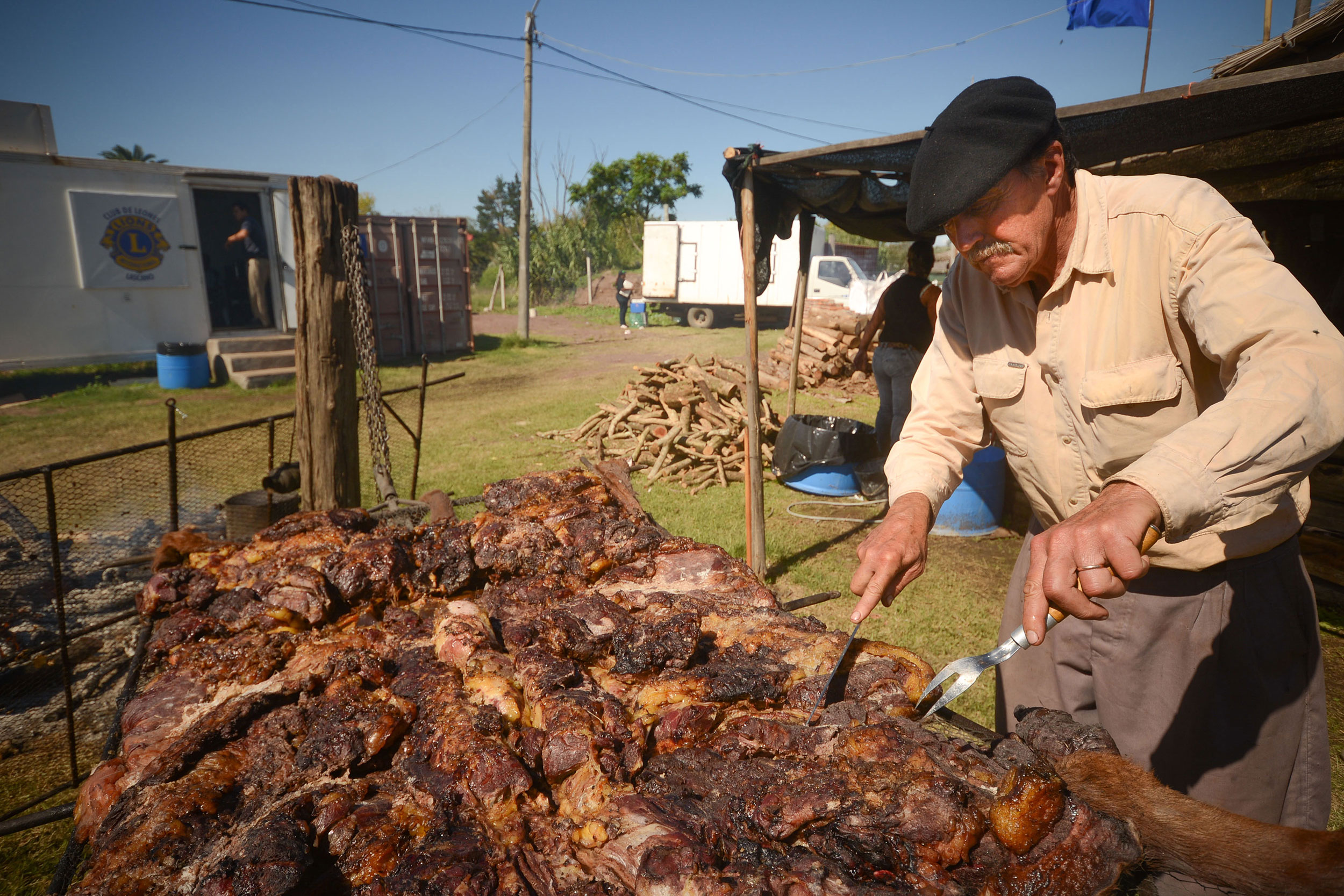
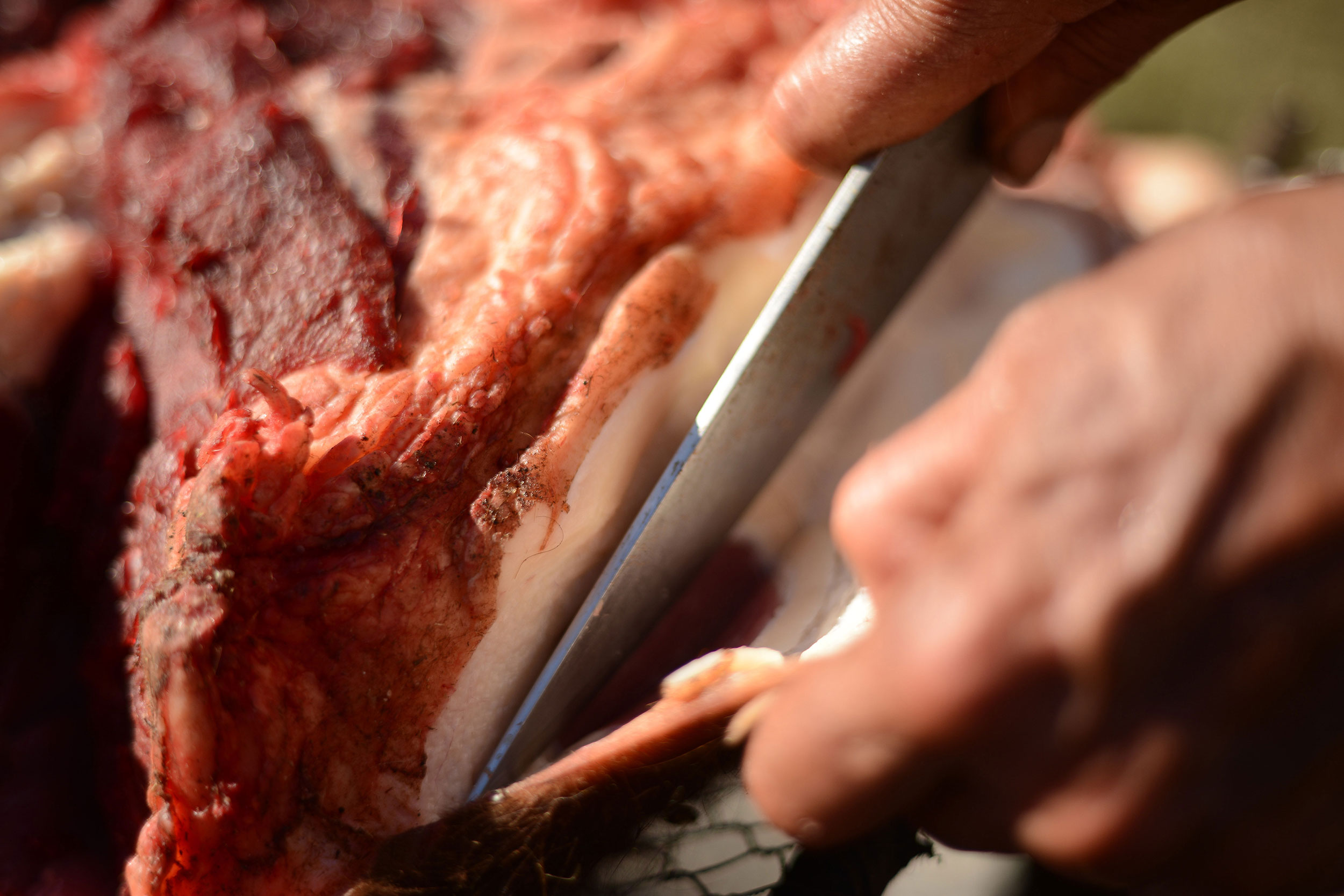
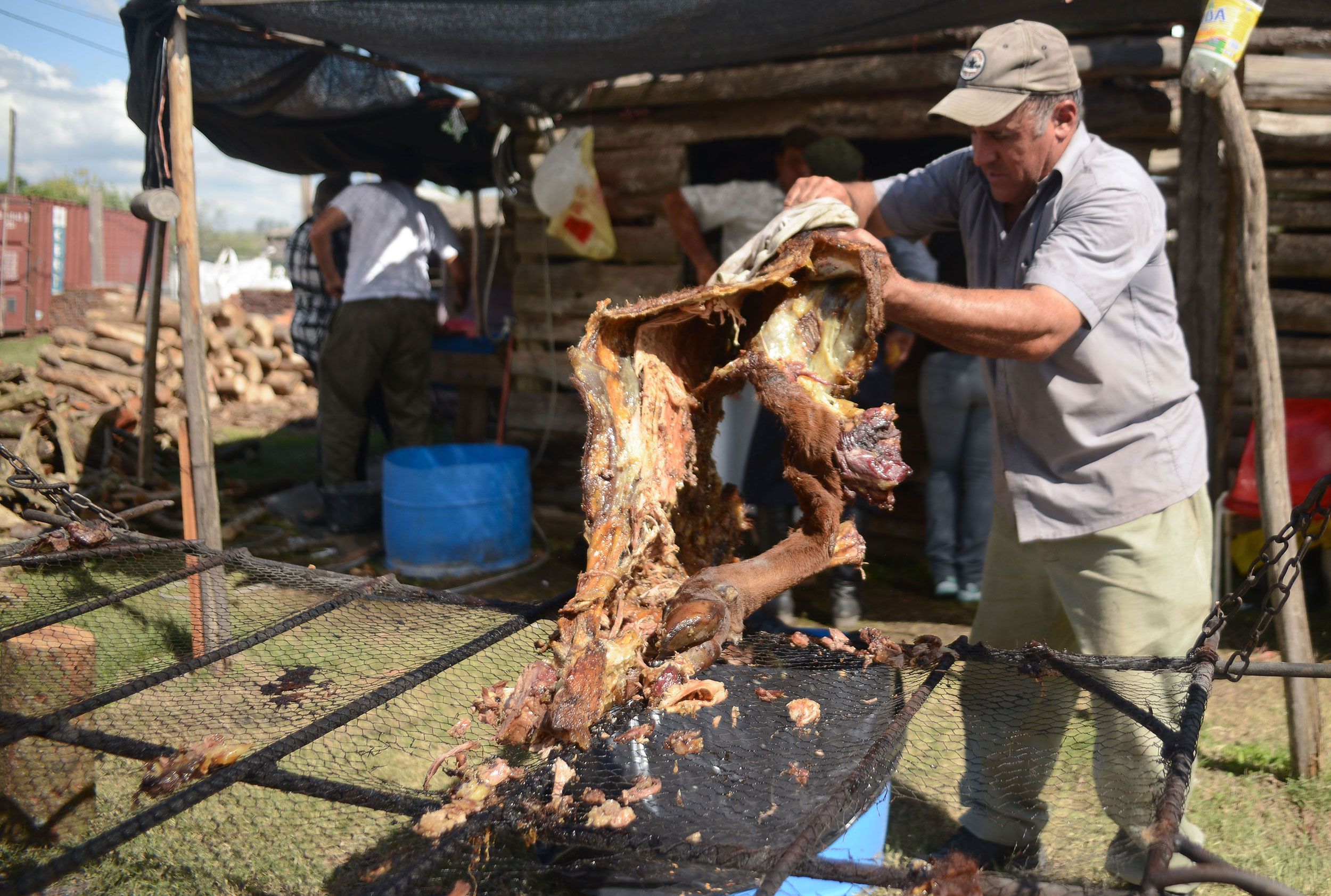
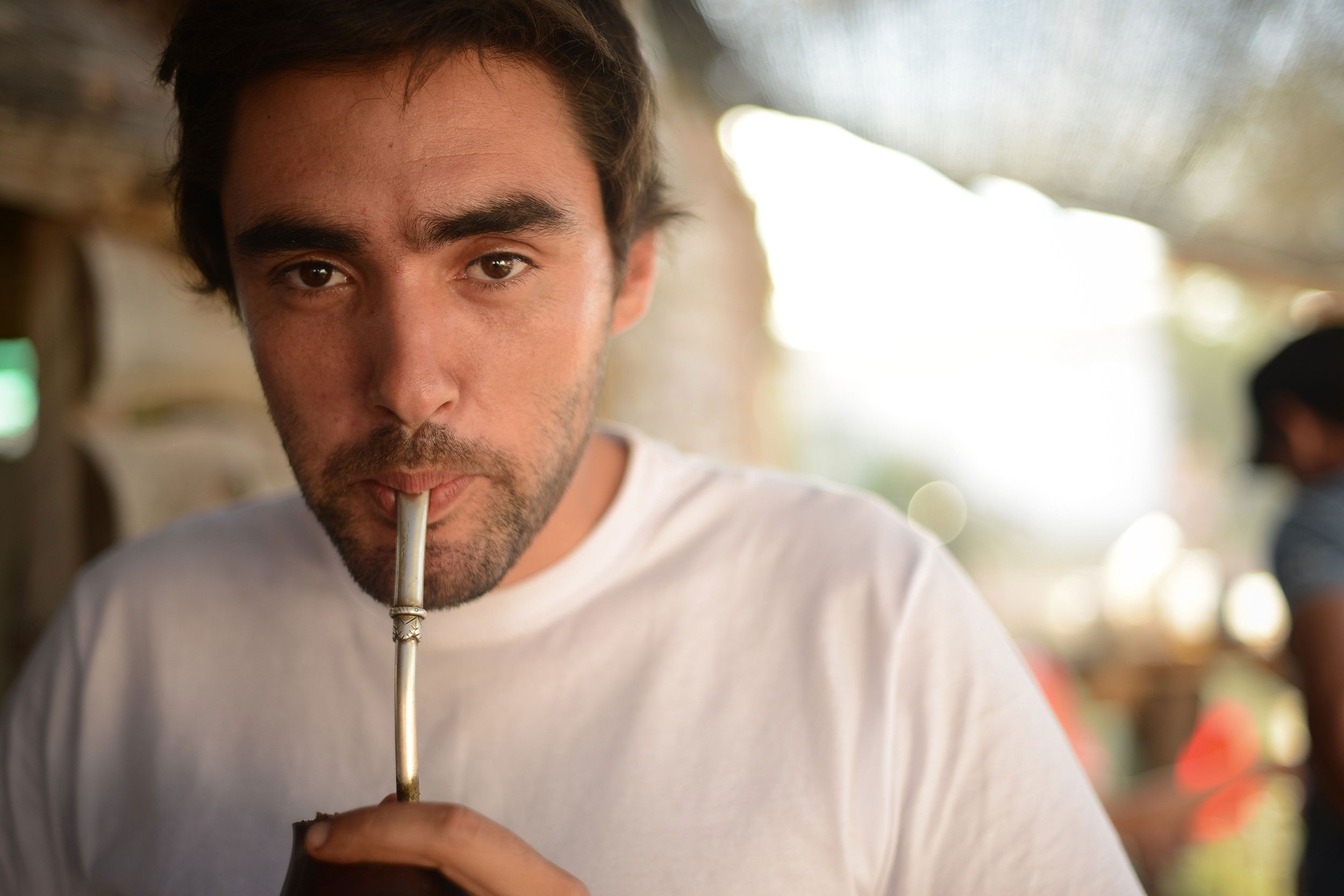

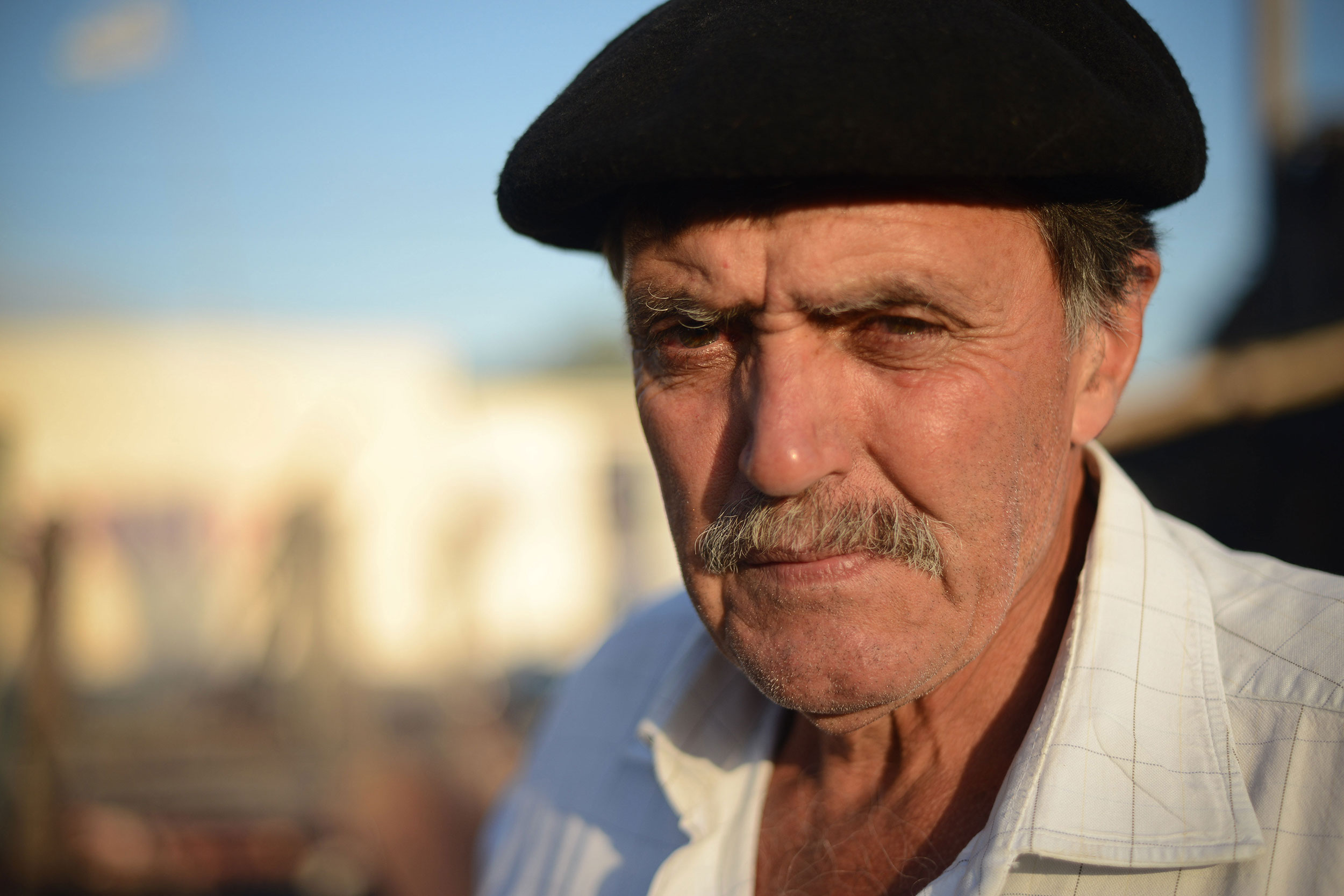
The Gaucho: A Legendary Icon of the Pampa
The southern region of South America, comprising Uruguay, Argentina, and Brazil’s Rio Grande do Sul, shares a rich culture and history that revolves around the figure of the gaucho. This iconic character, deeply rooted in the vast flatlands of the Pampas, represents more than just a cowboy; the gaucho is a symbol of freedom, resilience, and an ever-present connection to the land. In these regions, one of the most cherished traditions is the preparation of meat, a culinary ritual known as churrasco in Brazil or asado in Argentina and Uruguay. This tradition is at the heart of gaucho culture, a gastronomic experience that transcends the meal itself, creating bonds within communities.
The origins of the gaucho are as complex as their culture. Initially described by Félix de Azara as "a colonial bootlegger" involved in cattle hide trade and seen as an outlaw figure, the gaucho evolved over time into a powerful and respected figure. In the words of historian Dr. José Fachel, the gaucho, a mix of indigenous, African, and European ancestry, lived a nomadic lifestyle, wandering from ranch to ranch in search of food and shelter. The early history of the gaucho is intertwined with the events of the Guaranitic War in the 18th century, when, following the destruction of the Jesuit missions by the Portuguese, many indigenous people were left without homes. The wild cattle that roamed the vast Pampas became a crucial resource for these displaced individuals, who would go on to become the first gauchos.
The Jesuits’ arrival in South America in the 17th century led to the establishment of missions where indigenous communities were taught agriculture and cattle management. Despite the tragic destruction of the missions by the Portuguese in the mid-1700s, these cattle became a central part of gaucho life. As Auguste de Saint-Hilaire, a European adventurer, wrote, the local indigenous people who had lived with the Jesuits still remembered them fondly, recalling the prosperity they had known under their guidance. The legacy of these interactions between the Jesuits and the indigenous people would become a foundational element of gaucho culture, from the wild cattle to the techniques of cattle herding that are still practiced today.
Churrascarias: The Global Spread of Brazilian Barbecue
One of the most prominent aspects of gaucho culture, the churrasco, has found its way far beyond the borders of Brazil, Argentina, and Uruguay. The churrascarias, Brazilian restaurants specializing in this style of barbecue, are now a global phenomenon. From China to the United States, France, and Germany, these restaurants have become synonymous with Brazilian cuisine. Yet, the churrasco is not just a national dish—it's a cultural artifact born from the heart of the South American Pampas, specifically the state of Rio Grande do Sul, home to the gaucho.
The churrasco tradition, also known as asado in Spanish-speaking countries, is deeply ingrained in the identity of the gaucho. Dr. José Fachel, from the Federal University of Pelotas, explains that while churrasco has become a national dish, it remains most true to its origins in the southern regions of Brazil, Uruguay, and Argentina. The style of preparing meat over an open flame—without the use of sauce, and only seasoned with salt—reflects a respect for the natural flavors of the meat. The gauchos of Rio Grande do Sul were the original creators of this style, and it remains a beloved practice today.
The churrascarias espeto corrido, or "running skewer" system, began in Brazil in the 1960s. This innovative style of service allows diners to enjoy a variety of meats served on sword-like skewers that are carved directly onto their plates. These restaurants have become symbols of the Brazilian culinary experience, and the most famous cuts of meat, like picanha, have earned their place in global cuisine. Originating in small towns like Nova Brescia in Rio Grande do Sul, the churrascarias have spread worldwide, due in part to the reputation of the people from this region as master grillers.
Barbecue on the Leather: The Traditional Gaucho Asado
Among the many ways the gauchos prepare their meat, one of the rarest and most traditional is the asado en el cuero, or "barbecue on the leather." This technique, passed down through generations, involves cooking a whole cow using its own leather as a cooking surface. The meat is tenderized by the juices, fat, and blood retained in the leather, imparting a unique flavor that is like no other. This form of cooking is said to have originated during the colonial conflicts between European settlers and indigenous tribes in the Pampas. With vast herds of free-roaming cattle, the gauchos learned to make the most of their environment, using the leather of the cow to cook it in a way that preserved its natural flavor and tenderness.
Today, this rare technique is still practiced by a handful of people, such as José Silveira, who continues to uphold the tradition. Silveira is one of the few left who still carries out the entire process of slaughtering, cleaning, and cooking the cow on his own. The asado en el cuero is not only a labor-intensive process but also a reflection of the deep connection the gauchos have with the land and the animals they care for. The method is so traditional that, due to modern regulations and logistical difficulties, it is most often practiced in Uruguay, where laws are more lenient, making it easier to carry out the process in its purest form.
The asado en el cuero is more than just a meal; it’s a symbol of the gaucho’s history, resilience, and ingenuity. From the days when roaming cattle provided sustenance to the modern-day gaucho’s commitment to preserving this unique culinary tradition, the asado en el cuero represents the essence of gaucho culture. It is a testament to the resourcefulness and independence that have defined the gaucho way of life for centuries.
The traditions of the gaucho, from their folklore to their food, remain integral to the cultural identity of the Pampas. Whether through the shared experience of a churrasco in a local churrascaria or the rare practice of asado en el cuero, these customs continue to connect people to the land, their ancestors, and the values that have shaped their communities for generations. The gaucho is more than a symbol of the past—it is a living, breathing part of South American culture that endures, evolves, and thrives.
